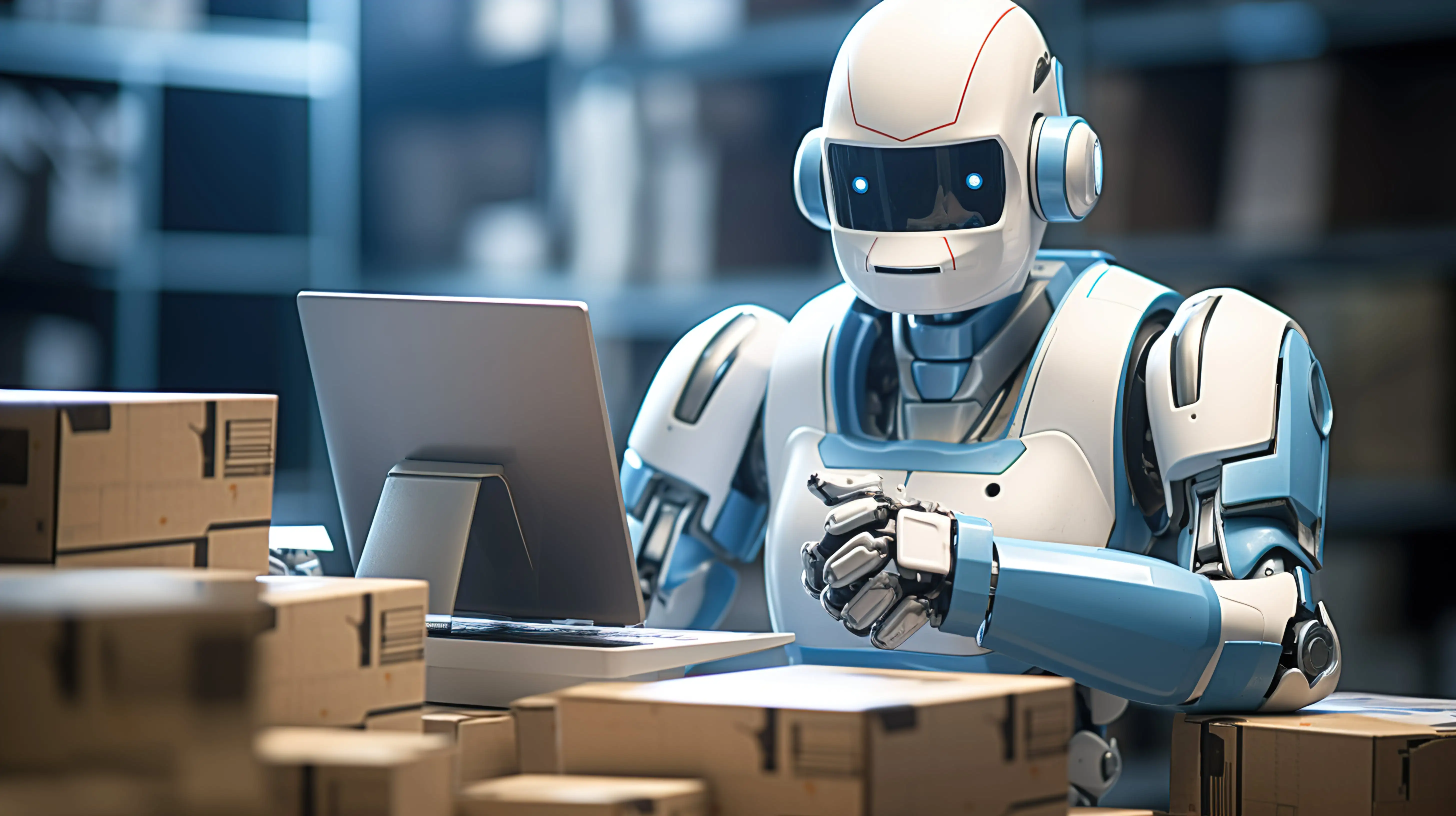Forecasting 2023
Technology has advanced considerably from its historical antecedents in the current global context, and its pace has always been astounding. Recent technological advances have provided unprecedented access to smartphones and digital streaming. The coming 2023 is expected to be a breakthrough year for VR/AR in the corporate world, and new technological advancements are anticipated to streamline and improve the customer service experience.
Recently, Gartner proposed the strategic technology trends for 2023, which are built around three themes: optimize, scale, and pioneer. These technologies help organizations maximize resilience, operations, and trust; scale vertical solutions and product delivery; and pioneer new forms of interaction, rapid reactions, and opportunity.
Looking forward, CIOs and IT leaders must strengthen their company's financial standing during times of economic crisis, prioritize digital transformation over cost-cutting and consider other operational excellence methods to have a promising 2023.
In this blog, we will discuss the rising tech developments that will have the greatest impact on the future of the digital world during the next 12 months.
Uncovering the technologies-here are trends for which business leaders must be prepared for.
1. Extensive Realism
Virtual reality, augmented reality, mixed reality, and other technology that simulates the real world are all included under the umbrella term "extended reality." This technology is widely used in gaming, medicine, retail, and modeling industries since it simulates a real-world experience without actually constructing one.
In the context of augmented and virtual reality, the gaming industry is a hotbed of in-demand jobs that don't require formal education but require an avid interest in online play.
Accenture, a global consulting firm, has built a metaverse platform they call the Nth Floor. This virtual environment represents the Accenture office space, allowing new and current employees to complete HR-related tasks without physically having to be in an office.
Do you know
By 2030, the metaverse is foreseen to have contributed $5 trillion to the global economy, and 2023 is the watershed year for the medium's future.
2. A World Ruled by Artificial Intelligence (AI)
Although all the attention AI has received over the past decade remains one of the hottest new technologies because of the profound impacts it will have on our daily lives. There are many areas where AI has proven superior to human experts, including image and speech recognition, smartphone navigation, personal assistants, and ride-sharing apps.
This pattern is already visible in the commercial sector. For example, Stitch Fix employs AI-enabled algorithms to provide clients with the clothing that fits properly and is to their liking. In 2023, there will also be a significant rise in contactless, self-driving shopping and delivery systems. The use of AI will streamline the purchasing and delivery processes for customers.
Further applications of AI will include detecting changing patterns of customer behavior through data analysis in near real-time, driving revenues and enhancing personalized experiences, and predicting demand for services like hospitals, enabling authorities to make better decisions regarding resource utilization.
Do you know
The global expenditure on cognitive and AI systems will drive the AI market to a $190 billion industry.
3. Widening Web 3.0
With businesses developing decentralized goods and services, blockchain technology will likewise make big strides in the coming year.
For instance, we currently rely on cloud storage for everything. Still, if we switch to decentralized systems and encrypt our data with blockchain, it will be more secure, and we'll also get access to new, exciting methods to examine and use it.
NFTs represent the contracts we make with other parties or are the keys to accessing the vast majority of the digital goods and services we purchase. NFTs, or non-fungible tokens, will improve their usability and practicality in the forthcoming year. For instance, concert tickets purchased using NFT may unlock backstage passes and exclusive merchandise.
.png)
4. Platform Engineering
Platform engineering entails constructing and maintaining internal self-service developer platforms in software development and maintenance. When done properly, platform engineering may improve productivity for product teams and hasten the rate at which they deliver customer value.
According to Gartner, eight percent of software development companies will set up platform teams by 2026, and seventy-five percent of those will have developer self-service portals.
5. Connecting the Virtual and Real Realm
The gap between the real and virtual worlds will narrow by combining the two technologies—digital twins and 3D printing—into a two-pronged affair in 2023.
If you want to try out some new ideas in a risk-free setting, you can do it with the help of digital twins, which are virtual recreations of actual processes, operations, or goods. Digital twins allow designers and engineers to duplicate real-world products in virtual environments and test them in any climate without the excessive expenditure of doing actual studies. More industries, from manufacturing to transportation to healthcare delivery, will use digital twins in 2023.
Engineers can modify and fine-tune components in a virtual environment before printing them out in the real world using 3D printing technology.
The biomedical and manufacturing sectors will both benefit from this technology.
6. It's Time for Quantum Computing
Quantum computing, a type of computer that uses quantum phenomena like superposition and quantum entanglement, is the next exciting development in the realm of technology. This is because it can easily query, monitor, analyze, and act on data no matter where it comes from. This trend in technology also helps to stop the spread of the coronavirus and make vaccines that work. Quantum computing is also used in the banking and financial sectors for purposes like credit risk management, high-frequency trading, and fraud detection.
Major companies like Splunk, Honeywell, Microsoft, Amazon Web Services, Google, and many more are investing in quantum computing research and development since quantum computers are currently orders of magnitude faster than traditional computers.
Do you know
By 2029, the quantum computing industry worldwide is expected to bring in more than $2.5 billion in revenue.
7. Innovations in Eco-Friendly Technology
Reducing carbon emissions is one of the world's major concerns.
A novel clean-burning energy source that produces nearly zero greenhouse gas emissions, green hydrogen is expected to continue making strides in 2023. Two of Europe's largest energy firms, Shell and RWE, are building the first big green pipeline to transport renewable energy from North Sea wind farms to the rest of Europe.
The evolution of decentralized energy grids will also advance. Distributed energy generation utilizing this concept provides a system of tiny power producers and storage positioned in communities or individual households. Large gas and energy companies currently control most of the energy sector, but efforts to decentralize energy could make politics fairer and cut carbon emissions simultaneously.
Therefore, C-suite executives need to increase their spending on creative solutions tailored to ESG demand to achieve sustainability objectives.
Read about ESG planning and tech tips for CIOs.
8. Robotic Process Automation (RPA)
Robotic process automation (RPA) is another technique for automating labor alongside artificial intelligence (AI) and machine learning (ML). RPA is the use of software to computerize previously human-only tasks in an organization, such as interpreting applications, processing transactions, handling data, and even answering emails. With RPA, mundane jobs that used to be performed by humans are automated.
9. The IoT
One of the fascinating advances in technology is undoubtedly the Internet of Things. Thanks to the Internet of Things, connected devices, home appliances, autos, and more will be exchanging data via the Internet shortly. WiFi connectivity is increasingly being incorporated into various platforms, linking them to the web and others and thus rapidly developing IoT.
In 2023, analysts predict worldwide IoT investment will total $1.1 trillion due to innovations like 5G.
Do you know
By 2030, 50 billion IoT gadgets will be used worldwide, creating a huge web of interconnected smartphones and kitchen appliances.
10. SuperApps
Superapps combine the functions of multiple apps, platforms, and ecosystems into a single product. It has features and a hub for others to build and release their little apps. In 2027, according to Gartner, more than half of the world's population will be regular users of numerous super apps.
As the adage goes, "Necessity is the mother of invention," new solutions are often devised in response to pressing problems. Having embellished on the tech trends for tomorrow, leaders in the digital age must investigate new technologies and identify where they might be applied to maintain their company's prominence for the 2023 profit board..
Future technology acquisitions might be better prepared for if you have a firm grasp on your company's priorities and the needs of your consumers and business partners. And in the end, everyone wins you, your staff, and your business.
With 2022 closing soon, be prepared for all that technology could take your business/industry digitally updated in all corners.



.png)

